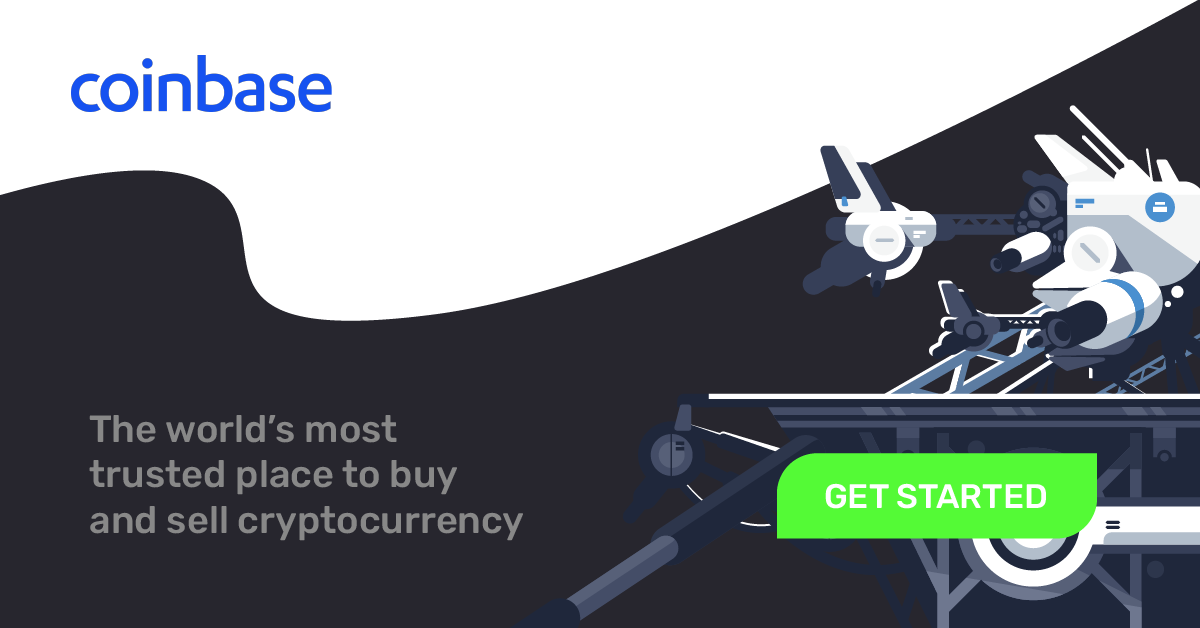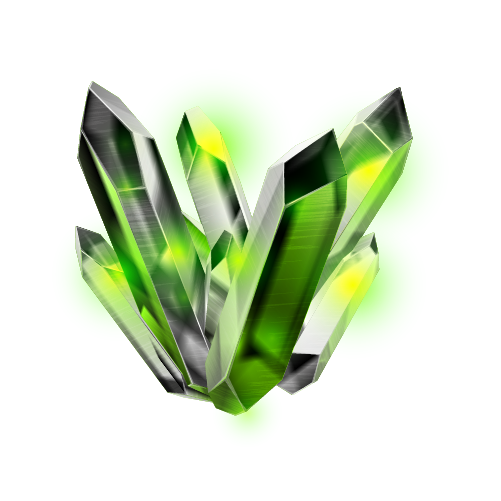

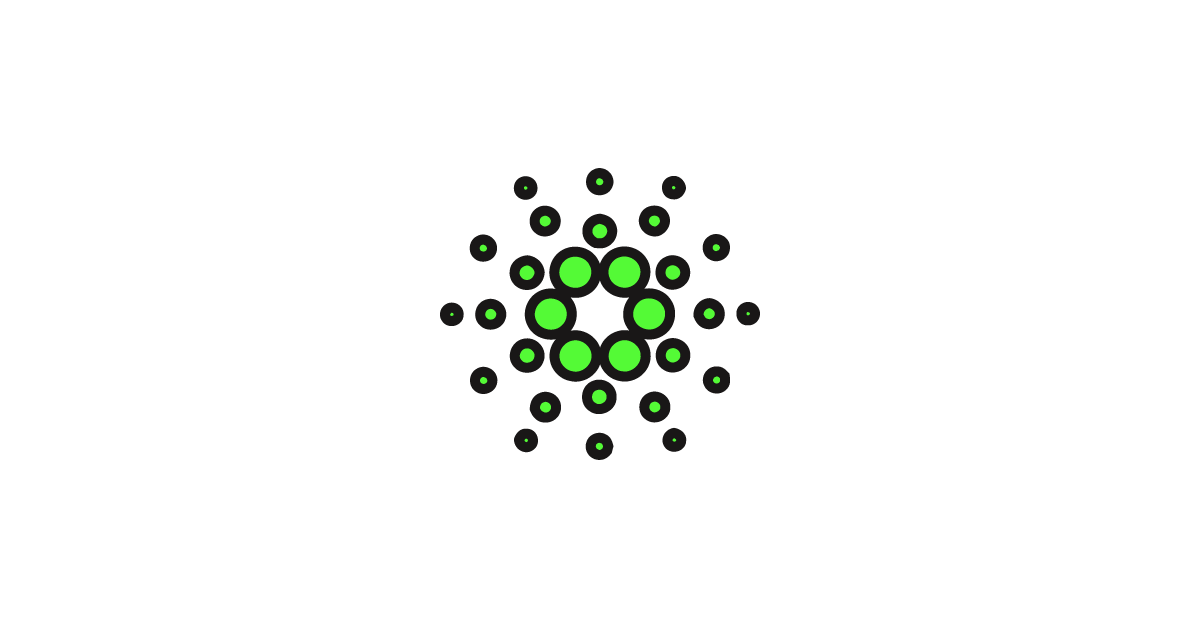
What Is Cardano (ADA) and What You Should Know About It?
- By Kriss
- Published on: August 6, 2021
Cardano is a third-generation decentralized proof-of-stake (PoS) blockchain platform that aims to outperform proof-of-work (PoW) networks. The infrastructure load of rising expenses, energy utilization, and lengthy transaction times limits scalability, interoperability, and sustainability for PoW networks like Ethereum.
The relevance of these issues to blockchain networks were recognized by Charles Hoskinson, co-founder of the proof-of-work (PoW) blockchain Ethereum, who began creating Cardano and its principal cryptocurrency, ADA, in 2015 and launched the platform and the ADA token in 2017.
The Ouroboros consensus protocol is used by the Cardano platform. Cardano’s Ouroboros protocol was the first PoS system to not only be proven secure, but also to be informed by a comprehensive academic study. Each development phase, or era, in the Cardano roadmap is anchored by a research-based framework that combines peer-reviewed ideas with evidence-based approaches to make progress toward and reach milestones connected to the blockchain network’s future directions and the ada token’s use applications.
About Cardano
Cardano has positioned itself as a cryptocurrency that can be used instead of Ethereum. Both systems are used for similar applications, such as smart contracts, and they both aim to create a decentralized and connected system. Cardano considers itself to be a more advanced version of Ethereum, with third-generation credentials that outperform Ethereum’s second-generation credentials. The blockchain platform also aims to provide banking services to the unbanked around the world.
Identity management and traceability are two of Cardano’s key applications. The former can be used to expedite and simplify data collection procedures from a variety of sources. The latter can be used to trace and audit a product’s manufacturing processes from start to end, potentially eliminating the counterfeit products market.
Cardano’s partners, The Cardano Foundation, IOHK, and EMURGO, share responsibility for the evolution of the Cardano protocol ecosystem, which is decentralized. The Cardano Foundation, a non-profit corporation, is the legal custodian of the Cardano brand and is responsible for its primary governance and control. The foundation raises the protocol’s awareness on a worldwide scale, develops use-case opportunities, and connects policymakers, regulators, and academia.
Cardano was built by IOHK, a software engineering and technology business with a research department focused on boosting blockchain education. IOHK works closely with university partners to not only further its educational mission, but also to improve the Cardano protocol’s long-term scalability by informing platform updates with the most up-to-date peer-reviewed scientific research prior to implementation. EMURGO is a global technology partner tasked with commercializing the Cardano protocol by integrating businesses from a variety of industries into their blockchain system.
Examples using Cardano
The Cardano team created three products: Atala PRISM, Atala SCAN, and Atala Trace. The initial product is positioned as an identity management solution that may be used to grant service access. It can be used to check credentials for things like opening a bank account or applying for government aid. The final two items are used to track a product’s movement through the supply chain.
Cardano is also developing a smart contract architecture that will serve as a secure and trustworthy platform for enterprise-level decentralized applications. In the near future, Cardano’s team plans to use Project Catalyst, a democratic on-chain governance structure, to manage project development and implementation. In order to pay future charges, they’ll also use Project Catalyst to modernize their treasury management system.
Cardano requirements
The algorithm used to build blocks and validate transactions is at the heart of any blockchain network. Cardano mines blocks with Ouroboros, an algorithm that employs the proof-of-stake (PoS) protocol. The protocol is meant to use as little energy as possible during the block generation process. It accomplishes this by obviating the requirement for hash power, or huge computational resources, which are essential to the operation of Bitcoin’s proof-of-work (PoW) algorithm.
Staking determines a node’s ability to construct blocks in Cardano’s PoS system. The stake of a node is equivalent to the amount of ada, Cardano’s cryptocurrency, it holds over time.
Cardano mining
A stake pool is a dependable server node that is dedicated to running the protocol on behalf of the contributing ada holders 24 hours a day, 7 days a week. Stake pools are responsible for processing transactions and producing new blocks, and they hold the combined stakes of various stakeholders in a single entity.
The economic incentives for miners to participate in the network and construct blocks in a Proof-of-Work (PoW) system include cryptocurrency rewards and transaction fees. Ouroboros collects and distributes epoch awards to stake pools and stakeholders. Each gets awarded according to the percentage of their stake that was donated during the period, with a bigger stake receiving more benefits.
- Share via
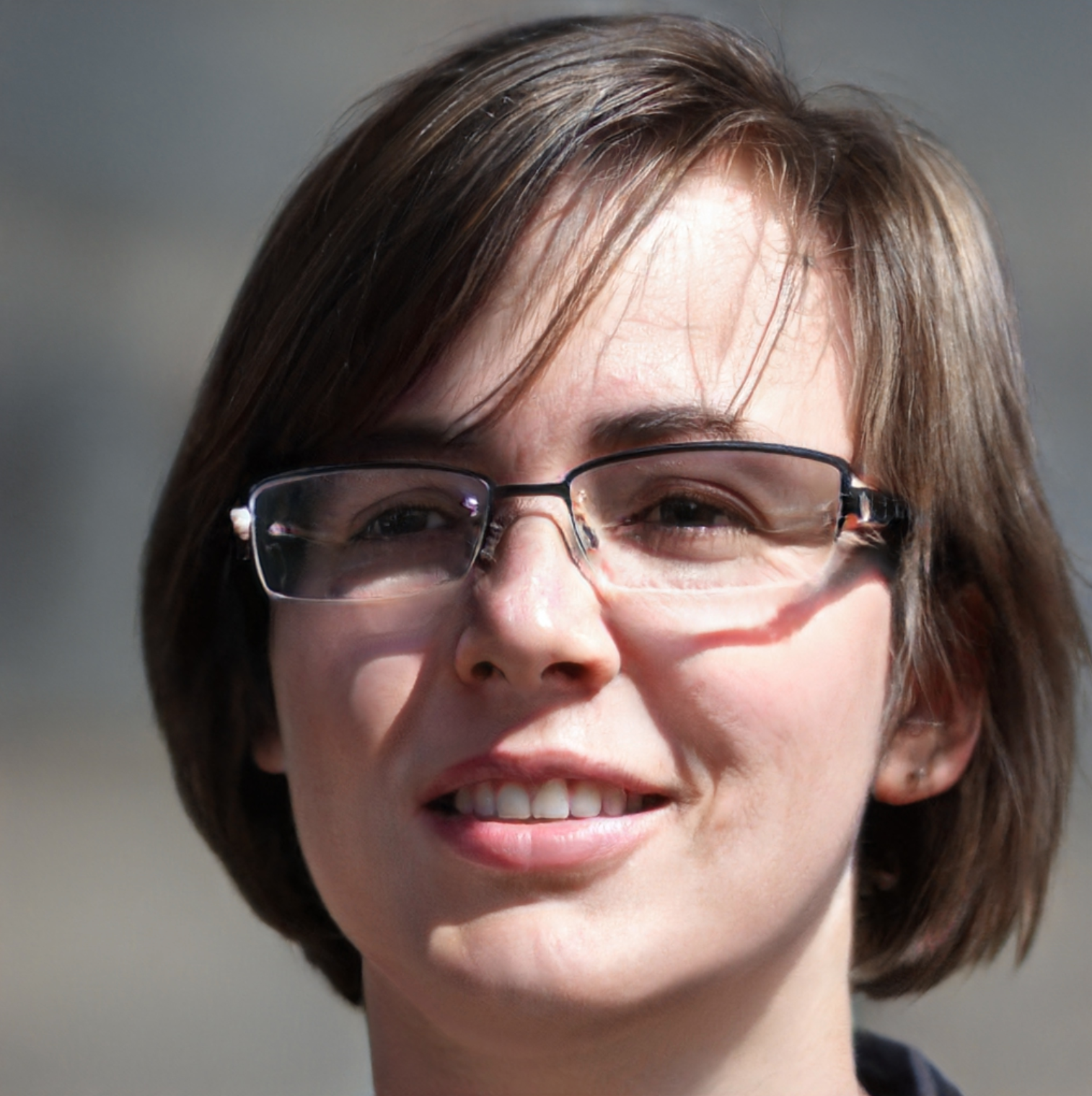
Kiara Sofia Smith
My current focus is blockchain technology and cryptocurrency. One could even call me a blockchain “enthusiast.” I have worked for almost a decade on several financial projects related to the stock market news, fundamental research and technical analysis for several blogs.
Recent Posts

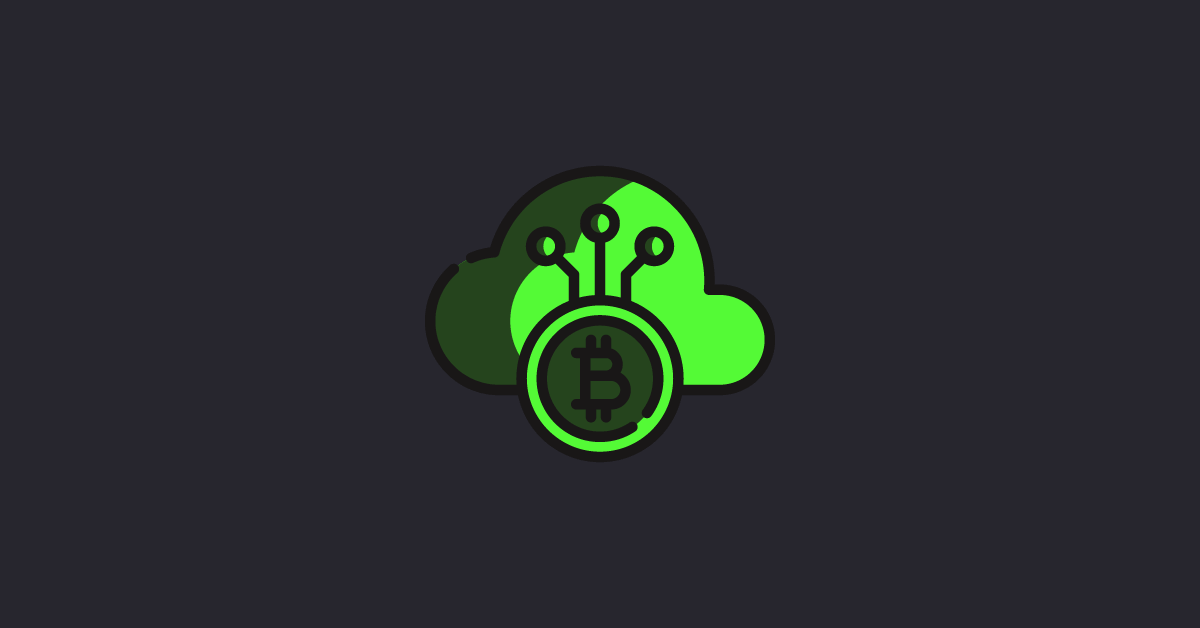
These Major Companies Accept Bitcoin as Payment


